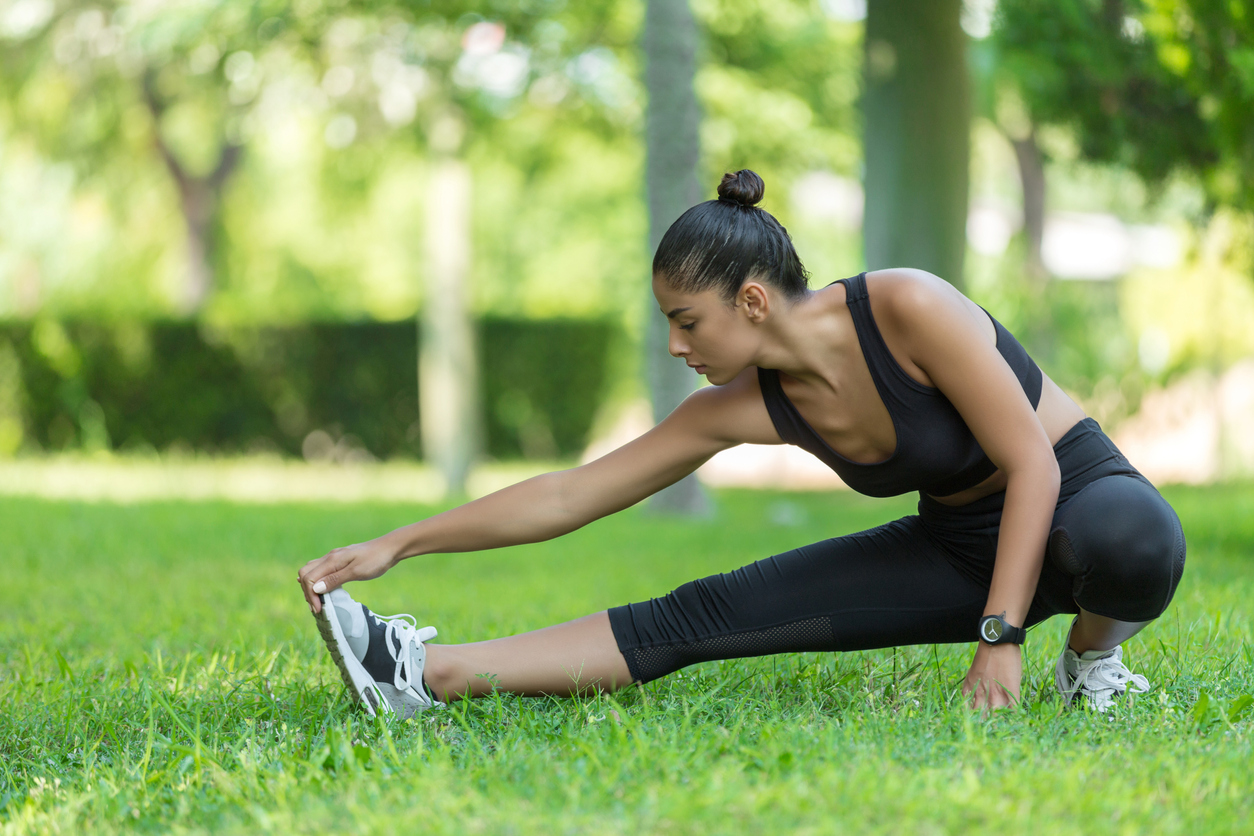RUNNER’S PREP 101
It’s that time again! The temp starts climbing towards 70 degrees, birds are chirping, and all the runners have emerged from hibernation and are hitting the pavement. While there’s a wide variety of running styles and abilities on the streets of New York, one thing is true for all runners, no matter the level:
A little preparation before you run goes a long way.
Why prep before a run? Probably the biggest reason is injury prevention. Performance, overall health of tissue and joints, and longevity are all key benefits of a solid prep session as well. And if you’re someone who has had nagging injuries in the past, pain while you run, or just want to feel better on the road, we encourage you to take Nimble’s 5 minute Runner’s Prep 101 course:
Tissue Release(total time 5-10 min)
The first order of business before you run is making sure your tissue (muscle, connective tissue and fascia) is balanced, strong, hydrated and ready to handle the rigors of running. Basically, the first question we’re asking before we run is: What’s tight?Whatever tightness and body imbalances you‘ve developed during long hours of work, travel-that’s the setup you’re going to take into your run, and the results are often not pretty. Key tight-tissue spots that will hamper your run include: hip flexors/quads/glutes; anterior (front) part of the shoulder; and your calves.
We use a couple of key tools for tissue release: Myofasical release rollers, and TriggerPoint balls. Both tools basically “mash” the tissue, like a self-message, and allow your tissue to rehydrate and provide better blood flow and neural connection. For a super-quick video primer on release techniques, watch Keith in the video below:
Muscle Activation(total time 5-10 min)
Next up for runner’s prep is muscle activation, specifically the supporting/stabilizing musculature of the lower spine, hips and shoulders. This time, we’re asking: What’s weak?A common pattern in our computer age is that the muscles we need to function effectively in motion tend to “tone down” or turn off when we sit all day. These are commonly smaller muscles that are intrinsic and can get dominated by larger, tighter muscles if they are not used. These muscles are key to the stability and proper function of the core, hip, knee and ankle chain we use to run.
One simple tool we tend to use a lot for muscle activation is the resistance band. If you don’t have resistance bands, not a problem. There are still basic drills you can do without bands that serve as effective warm-ups. Again, the muscles we’re going after here are mainly the stabilizing muscles of the hip and core. For our super-quick video primer on runner’s activation techniques, watch Keith show us a few in the video below:
Integrate!(total time 5 min)
Finally, we encourage you to just move in all planes before you set out on your run. Do some mini-lunges; move forwards, backwards, laterally, add a twist. Add some light, easy jumping jacks so your body knows what it’s in for. Enjoy!!
And please get in touch! At Nimble Fitness, we’d love to hear from you and get your feedback. Email at info@nimblefitness.comor find us on Instagram @nimblefitness.






